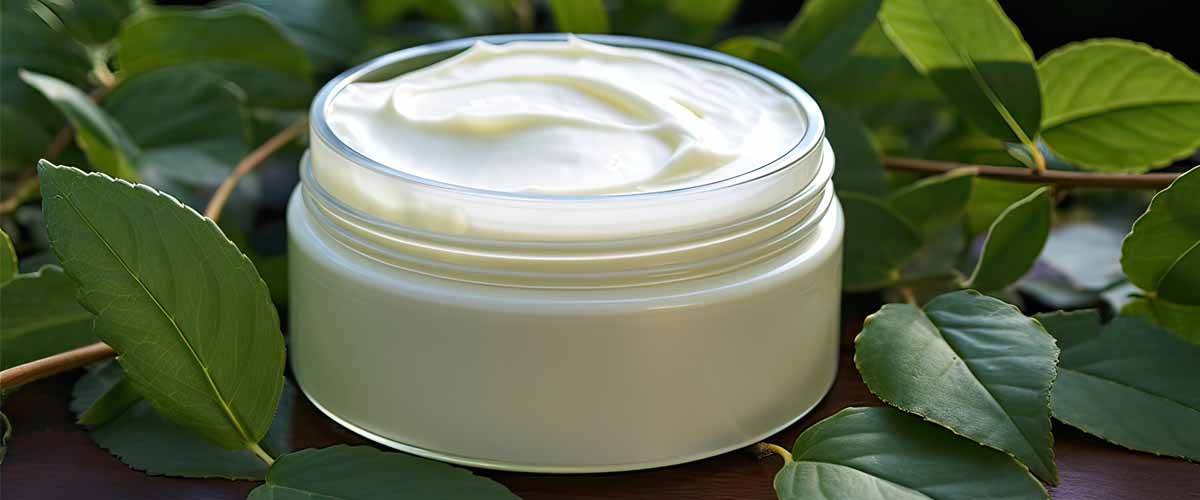Carthamus Tinctorius (Safflower) Seed Oil contains fatty acids and antioxidants that assist in preventing or delaying skin damage caused by free radicals such as smoke, pollution, stress and sun exposure. This, in turn, helps to diminish the signs and occurrence of dry skin². Research has also discovered that it is an excellent anti ageing agent and anti-wrinkle ingredient in skincare³.
Phyllanus Emblica Fruit Extract (Indian Gooseberry) which has been used for thousands of years for a range of different health problems⁴, is a rich source of ascorbic acid (Vitamin C) and gallic acid. It has been shown to be a strong antioxidant that can act as an ultraviolet (UV) protectant and an anti-ageing compound⁵.
Tocopherol (Vitamin E) is a popular ingredient used in many moisturising skincare products. However, few know that Vitamin E (tocopherol) is a plant-derived fat-soluble antioxidant that protects the skin from the harmful effects of free radicals. Free radicals occur naturally in the body and can cause harm if their levels are too high⁶. Vitamin E helps to counteract free radicals⁵ and work to enhance and maintain the skin’s moisture content⁷. It also assists in the reduction of inflammation and redness in the skin¹ and minimises the appearance of fine lines and wrinkles⁶.


